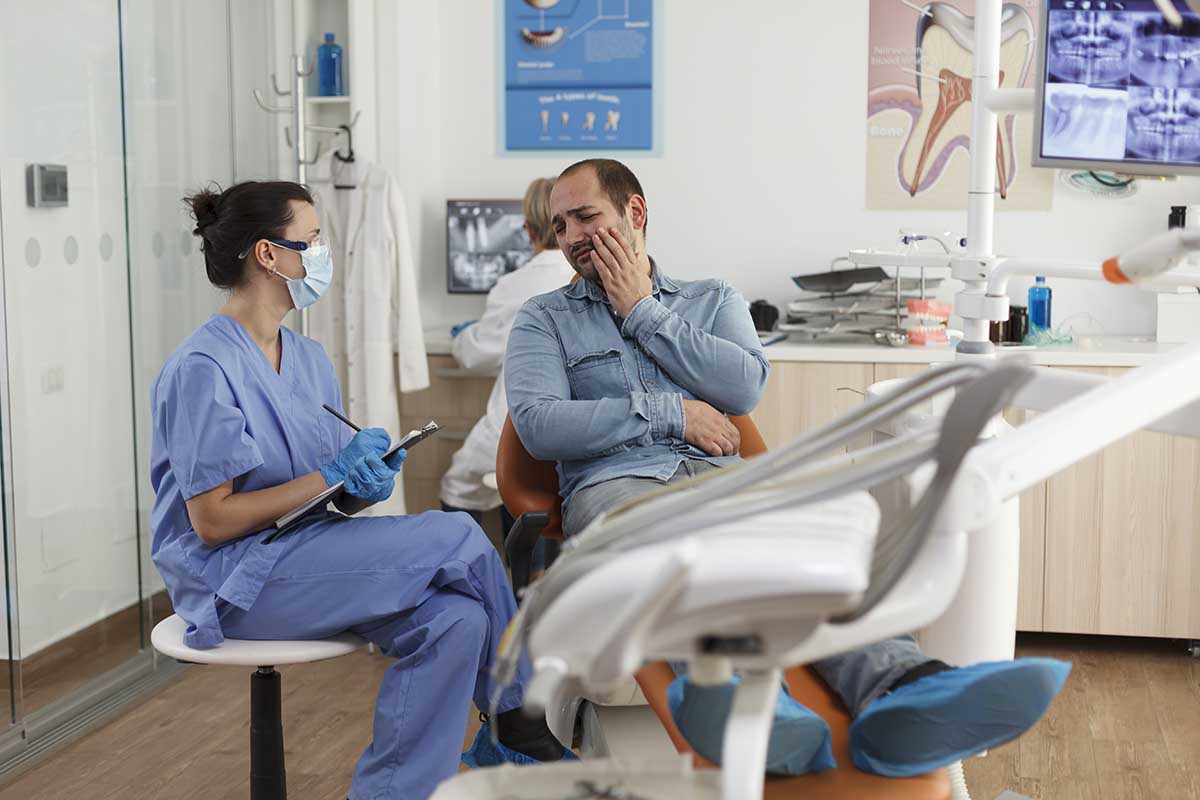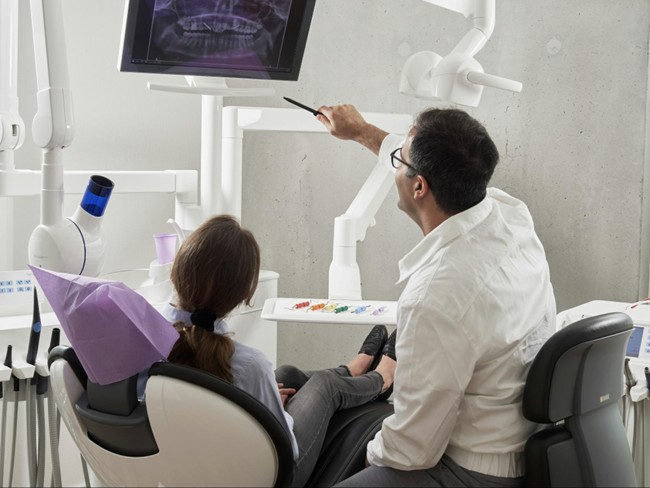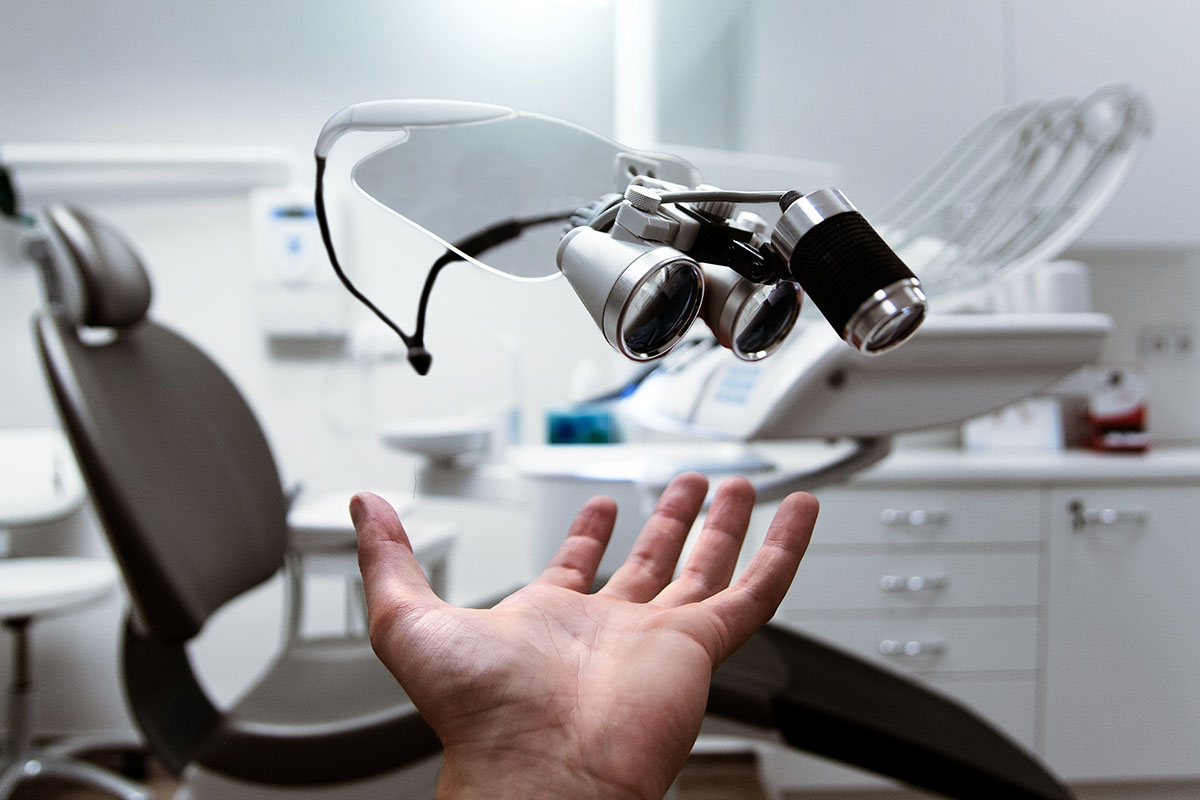When to See an Emergency Dentist: Signs You Shouldn’t Ignore
Key Points
Recognize Urgent Symptoms Early. Severe pain, persistent bleeding, swelling, or a lost filling/crown are clear signs that you should visit an emergency dentist immediately to prevent serious complications.
Visible and Gum-Related Red Flags. Cracked, chipped, or fractured teeth, along with red, swollen, or receding gums, can indicate infections or periodontal disease that require prompt treatment.
Unusual Changes Can Signal Trouble. Persistent bad breath, metallic tastes, or oral sores that don’t heal may reveal hidden dental issues that can escalate without quick intervention.
Dental emergencies can occur at any moment, turning an ordinary day into one filled with discomfort and concern.
Knowing when to seek assistance is critical for not just relieving pain but also preventing further oral health complications.
Immediate attention from a dental professional can make the difference between saving or losing a tooth, or between a simple treatment and a complex one.
In this article, we’ll highlight the key indicators that necessitate a visit to an emergency dentist, ensuring you’re equipped to handle unforeseen dental dilemmas.
Recognizing the Red Flags: When to Consider Emergency Dental Care
Not all dental issues require urgent attention, but certain symptoms are clear red flags.
Severe pain that disrupts sleep or daily activities is a primary indicator that professional help is needed.
This can signal infections such as an abscess, which can have serious health ramifications if left untreated.
Additionally, prolonged sensitivity to hot or cold temperatures should raise concerns, as these sensations may indicate nerve damage or decay reaching the tooth’s inner layers.
Another critical red flag is bleeding that doesn’t subside.
Occasional bleeding might occur after vigorous brushing or flossing, but continuous or excessive bleeding could be a sign of periodontal disease.
Similarly, swelling in the mouth, jaw, or face should never be ignored.
Not only can this be a symptom of infection, but it can also impede breathing if the airway becomes obstructed.
While over-the-counter medication might provide temporary relief, it’s no substitute for professional care.
Lastly, don’t dismiss a lost filling or crown as a mere cosmetic inconvenience.
These issues can quickly lead to more severe problems, such as infection or further damage to the tooth structure.
If a restoration fails, the area becomes highly susceptible to external factors that can exacerbate the situation.
In such instances, a quick visit to an emergency dentist Browns Plains could be critical in preventing further decay or loss of the tooth.
Visible Signs of Dental Distress That Demand Immediate Attention
Some dental emergencies are visually evident, providing clear signs that immediate attention is required.
Visible damage to the teeth, such as cracks, fractures, or chips, can lead to severe pain, infection, and structural instability.
In cases where the damage extends to the tooth’s inner layers, the risk of infection and nerve damage heightens, making quick intervention essential.
Gums that exhibit signs of distress are also a common alarm for urgent dental care.
Red, swollen, or receding gums could suggest the presence of periodontal disease, which, if left unchecked, can lead to tooth loss and other health complications.
Moreover, oral sores that do not heal within a reasonable period or continuously recur might need professional assessment to rule out more severe conditions.
Dealing With Unusual Symptoms: When Dental Anomalies Require a Quick Response
Sometimes, dental emergencies present as unusual signs that may not be immediately recognized as serious.
For example, a sudden metallic taste in the mouth could indicate a loose or deteriorating amalgam filling.
This is not only uncomfortable but can also expose the tooth to further damage or infection that should be addressed quickly.
Bad breath that persists despite good oral hygiene practices might signify an underlying issue such as an infection.
While this isn’t typically an emergency, if it’s accompanied by pain, swelling, or fever, it becomes a more urgent matter.
The combination of these symptoms could indicate a spreading infection that requires prompt treatment.
Overall, discerning the need for emergency dental care can be crucial for maintaining your oral health and comfort.
Whether it’s due to intense pain, visible damage, or unusual symptoms, timely intervention by a dental professional is essential.
Taking prompt action in the face of such red flags can avert more serious complications and ensure the long-term well-being of your teeth and gums.




















